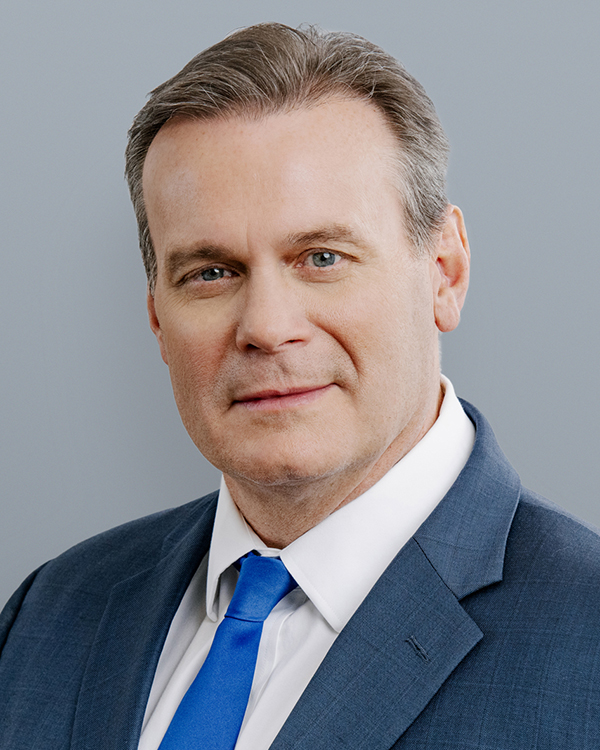By Todd Hoffman, M.D.
Note: This article appeared as a guest column in the Journal Record
Newsroom | Community Health
Office Visit: Breast Cancer Is Not Exclusive to Women
Many of us have known someone who has been impacted by breast cancer, whether it be a spouse, loved one or a friend.
Breast cancer is far more common in women as the American Cancer Society (ACS) estimates nearly 298,000 women will be diagnosed with new cases of invasive breast cancer in the United States in 2023, but men are not immune to the disease.
As with women, men also have breast tissue, and those cells can turn into cancer. Breast cancer is far less common in men. Less than all 1% of all breast cancer diagnosis occur in men. The ACS figures 530 men will die from breast cancer this year.
October is Breast Cancer Awareness Month and, although men are less likely to be diagnosed with breast cancer, certain factors can increase the odds. Men who carry a mutation in the BRCA2 gene have an increased risk. Knowing your family health history can help you make the decision if genetic testing is needed.
Prior radiation treatment exposure around the chest can also increase a man’s risk, as well as conditions that increase estrogen levels, such as obesity. Age, estrogen treatment, heavy alcohol usage and female relatives with breast cancer can also be risk factors.

Todd Hoffman, M.D.
According to the Breast Cancer Research Foundation, signs of possible male breast cancer include a lump or thickening in the breast tissue, changes to the skin covering your breast, such as dimpling, puckering, redness or scaling. Other symptoms can include changes to the nipple, such as redness or scaling or a nipple that begins to turn inward as well as discharge from the nipple.
Like with most diseases, the best defense against male breast cancer is to be proactive and talk to your concerns with your primary care provider.
Let’s make it a good month!
Todd Hoffman, M.D., C.P.E., is chief medical officer of Blue Cross and Blue Shield of Oklahoma, a division of Health Care Service Corp., a Mutual Legal Reserve Company.
